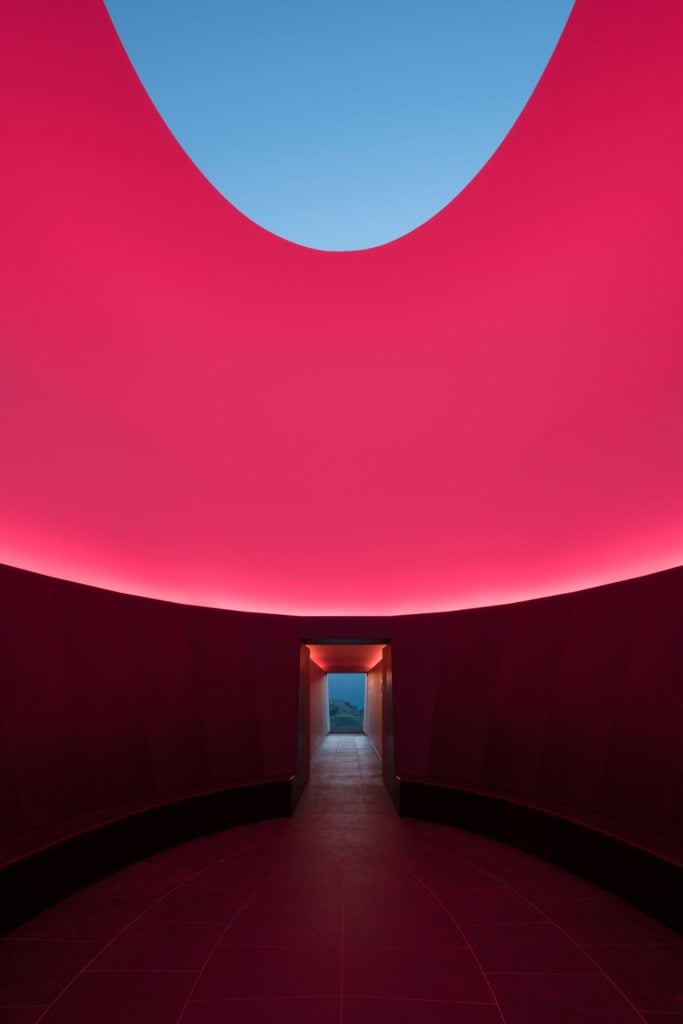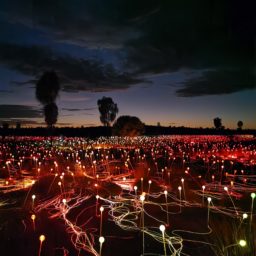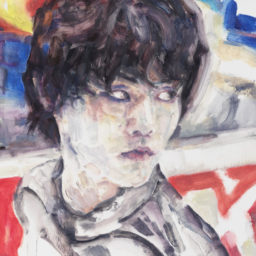Europe is home to some of the world’s most noteworthy works of art. Across the continent, art destinations abound, and with them the chance to experience thriving local cultures. It doesn’t hurt that, along the way, there are beautiful, art-filled hotels boasting old-world glamour, plus more than a few Michelin-starred restaurants to visit in between the blue-chip galleries and fashionable boutiques.
From the Austrian Alps to the South of France and the forests of Northern England, we’ve rounded up some of the top art journeys. Keep them in mind the next time you find yourself in an indulgent mood whilst traveling in Europe—and heed our tips on how to make these can’t-miss destinations as luxurious and over-the-top as possible.
Skyspace-Lech by James Turrell

Skyspace-Lech in Lech am Arlberg. Photo courtesy Getty Images.
WHAT IT IS: Perhaps the most unique and hard to reach of James Turrell’s famous installations, Skyspace-Lech is a lightroom that sits 1,780 meters above sea level in the mountain village of Lech am Arlberg, nestled in the Austrian Alps. Accessible via hiking trail or by cable car, the location offers stunning views of the nearby mountains, while the installation seamlessly integrates into the landscape. It is said that Turrell became captivated in the area while hiking there himself, and began to envision a work that would meditate on the region’s beauty. The resulting skyspace is composed of a 15-meter tunnel which leads to an open-air room that’s only truly activated at sunrise and sunset.
WHERE IT IS: Lech am Arlberg, located in the heart of the Austrian alps.
WHERE TO STAY: Severin*s–the Alpine Retreat, where the cozy feeling of a ski lodge meets the upscale experience of a five-star hotel.
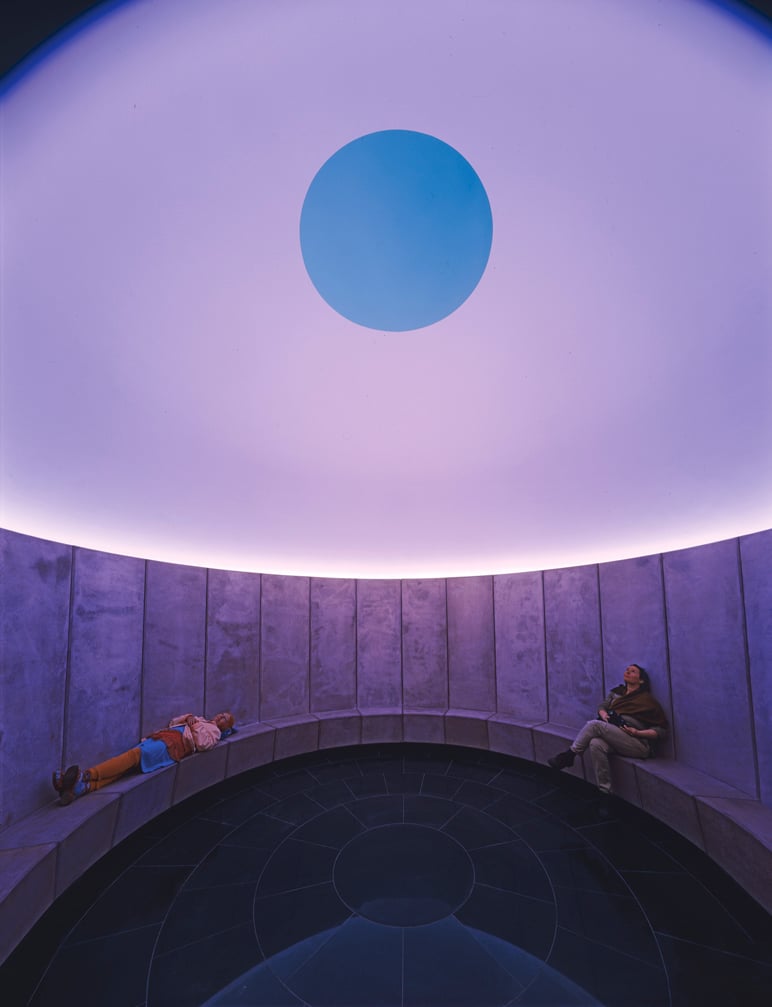
Inside Skyspace-Lech. Photo courtesy Getty Images.
WHERE TO EAT: Restaurant Klösterle, which features high-concept Alpine cuisine in a perfect, chalet-style setting full of warmth and hospitality.
WHERE TO SHOP: Sagmeister, the town’s most upscale fashion-and-design boutique; and Strolz, a haven for stylish skiers, offering mountain gear and custom leather ski boots.
OTHER ART TO SEE: Try to spot the 100 Antony Gormley sculptures of life-sized human figures, installed in the mountains above Lech. Then head to the Hotel Kristiania in town, which houses an impressive art collection in its common areas, including a Lichtenstein, among other notable names. If you choose to spend the night, you can ask the staff to move one of the artworks into your room for the duration of your trip.
FUN FACT: As with most Turrell installations, Skyspace-Lech will appear totally different as the light outside shifts.
Fondation Maeght
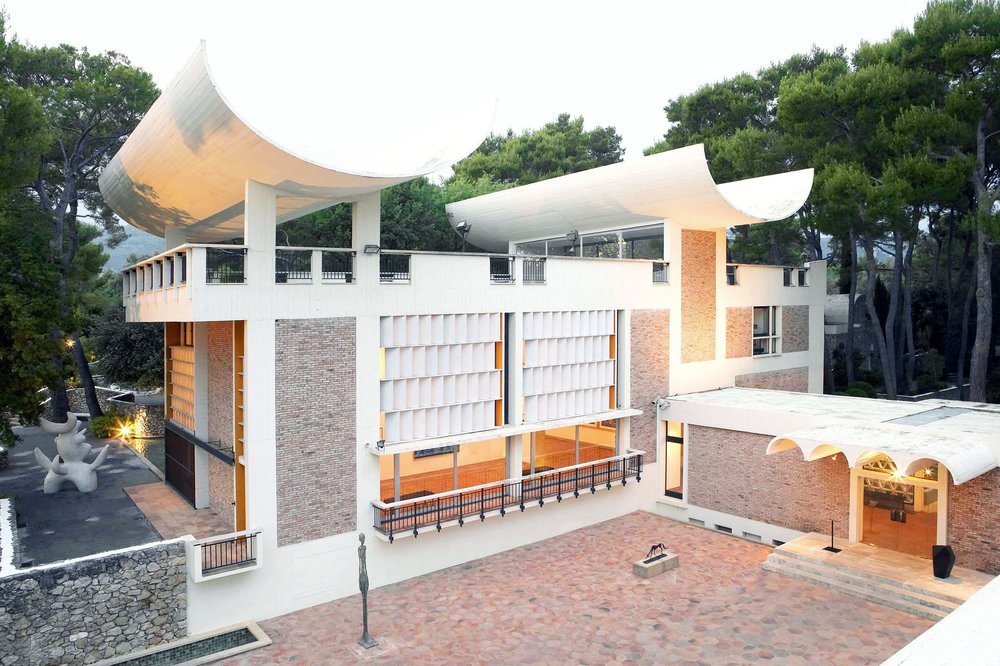
Fondation Maeght. Photo courtesy Getty Images.
WHAT IT IS: A museum of modern art created by the French publishers and art dealers Marguerite and Aimé Maeght, perched on a hill overlooking the medieval town of Saint-Paul de Vence on the French Riviera. Together, the Maeghts maintained working and personal relationships with some of the most noteworthy artists of the 20th century, including Alberto Giacometti, Alexander Calder, Marc Chagall, and Joan Miró, among others. Modeled after American institutions such as the Guggenheim and the Barnes Collection, Foundation Maeght was France’s first private art institution. Catalonian architect Josep Lluis Sert designed the space in such a way that many of the works are integrated into the building itself and its surrounding grounds.
WHERE IT IS: Saint-Paul de Vence, France, a small medieval town tucked in the hills of the French Riviera
WHERE TO STAY: Grand-Hotel du Cap-Ferrat, one of the South of France’s crown jewels. The hotel sits on the top of the Cap-Ferrat peninsula overlooking the Mediterranean Sea.
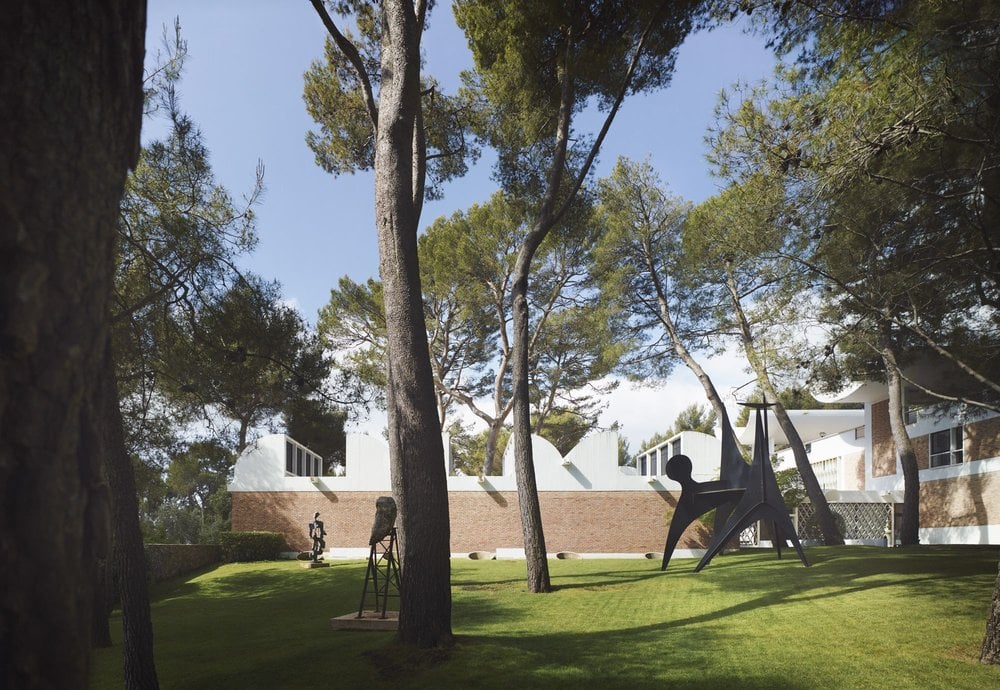
Outdoor artworks at Fondation Maeght. Photo courtesy Getty Images.
WHERE TO EAT: La Villa Archange, a charming two-Michelin-star venue created by Chef Bruno Olger in a secluded 18th-century residence, away from the hustle and bustle of Cannes. Featuring outdoor seating surrounded by lush gardens, the restaurant offers classic cuisine from the South of France.
WHERE TO SHOP: La Croisette, the iconic Cannes-set promenade lined with chic, high-end shops.
OTHER ART TO SEE: The Marc Chagall National Museum, the Musée Picasso, and Villa Ephrussi de Rothschild.
FUN FACT: Between 1961 and 1981, Joan Miró created his Labyrinth for the Maeghts, an outdoor work comprised of 140 sculptures. Pro trip: take a stroll through the gardens of the foundation, where more outdoor works can be discovered.
Castello di Rivoli—Museo d’Arte Contemporanea
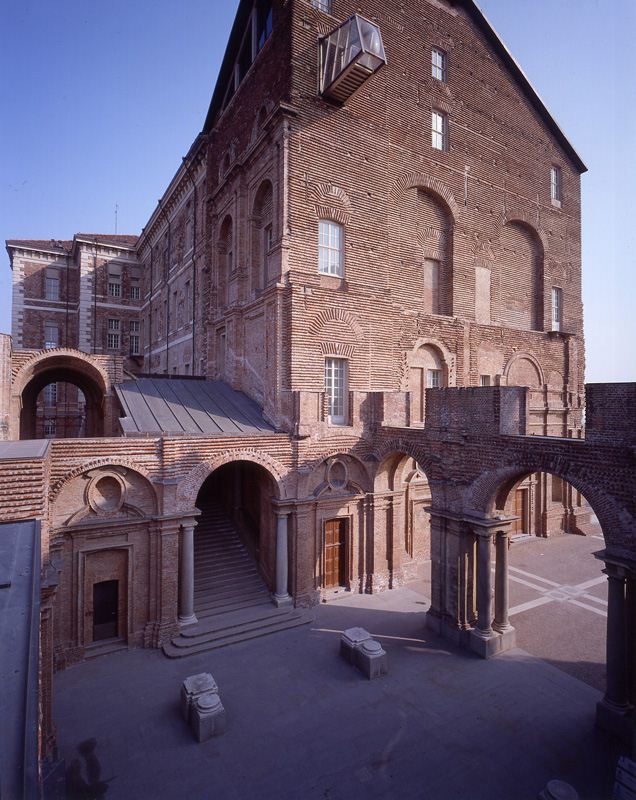
Castello di Rivoli—Museo d’Arte Contemporanea. Photo courtesy Castello di Rivoli.
WHAT IT IS: A contemporary art museum housed in a former royal residence whose founding date goes too far back to pinpoint precisely, Castello di Rivoli sits on a hill at the gates of Turin. With a focus on art created in the second half of the 20th century, from Italy and abroad, the collection documents many crucial moments in the development of contemporary culture. The juxtaposition of the building’s rich and varied history with its innovative programming yields a remarkable blending of the past, present, and future. Upon its creation in 1984, the museum stood as the first devoted to contemporary art in Italy. If all of this isn’t enough to get you there, perhaps Maurizio Cattelan’s notorious embalmed horse suspended from the ceiling, Novecento, will seal the deal.
WHERE IT IS: Turin, the cultural center of northern Italy, renowned for its refined art offerings, architecture, and cuisine.
WHERE TO STAY: Turin Palace Hotel, an airy, elegant boutique hotel that’s housed inside a historic building constructed in 1870. The property boasts a terrific spa, gastronomy-focused restaurant, and rooms overlooking courtyard gardens.
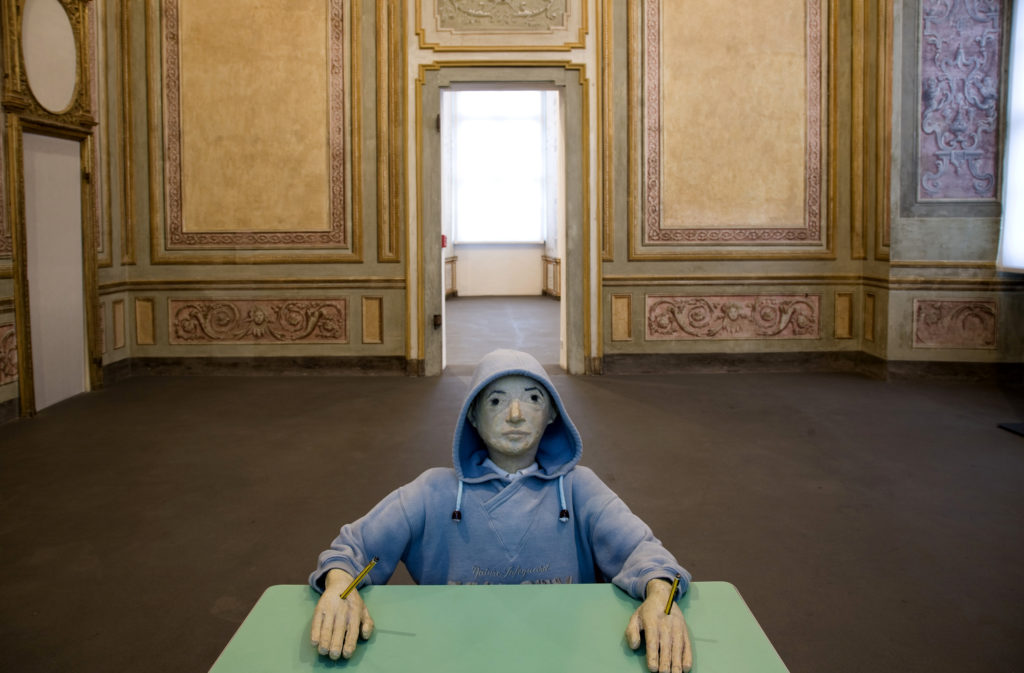
Inside the Castello di Rivoli. Photo courtesy the Castelli di Rivoli.
WHERE TO EAT: Cannavacciuolo Bistrot, a recently named Michelin-star destination where chef Chef Antonino Cannavacciuolo fuses local delicacies with a creative flair.
WHERE TO SHOP: Via Roma and San Carlo Dal 1973, two of Turin’s most famed destinations for fashionable finds.
OTHER ART TO SEE: Palazzo Madama and Fondazione Sandretto Re Rebaudengo.
FUN FACT: Louis XIV’s architects from Versailles were tapped for their expertise during one of Castello di Rivoli’s many renovations.
Kielder Art & Architecture and Forest Park
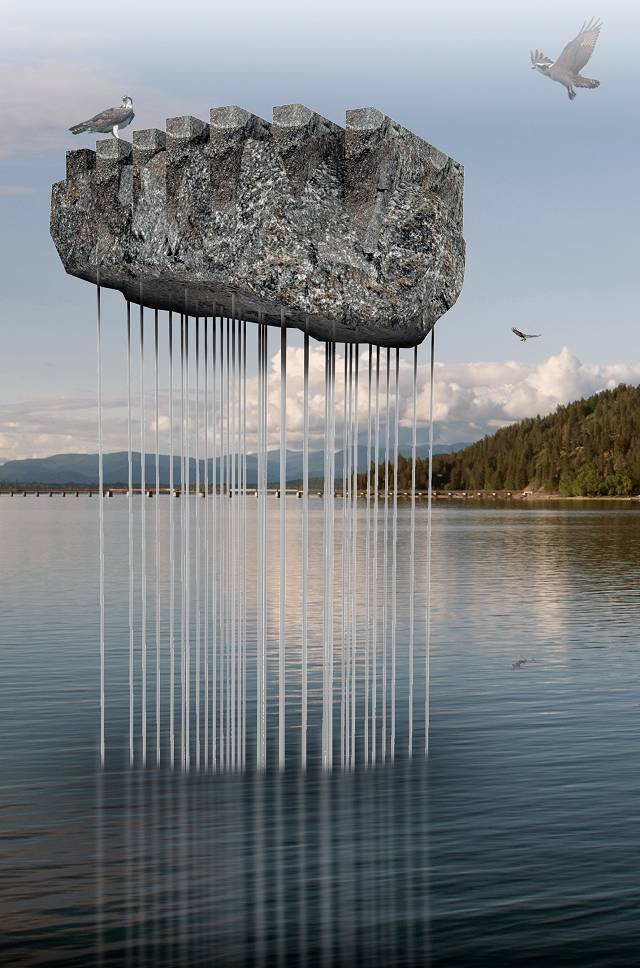
A new installation at Kielder Art & Architecture. Photo courtesy Getty Images.
WHAT IT IS: Kielder Art and Architecture offers an open-air art experience across the sprawling Northumberland National Park in northern England. For over 25 years, the park has housed an astounding collection of visual art and architecture, including work by many globally recognized names such as James Turrell, Chris Drury, Silvas Capitalis, SIMPARCH, and Tania Kovats. With more than 20 installations across the park, you can easily spend an entire day roaming the expansive landscape. The Art & Architecture program at Kielder Water and Forest Park is carefully curated to fit in with its unique backdrop and overseen by artists Fiona Curran and Peter Sharpe.
WHERE IT IS: Northumberland, the northernmost county in England.
WHERE TO STAY: Maften Hall, a 19th-century country mansion set upon a sprawling estate and golf course.
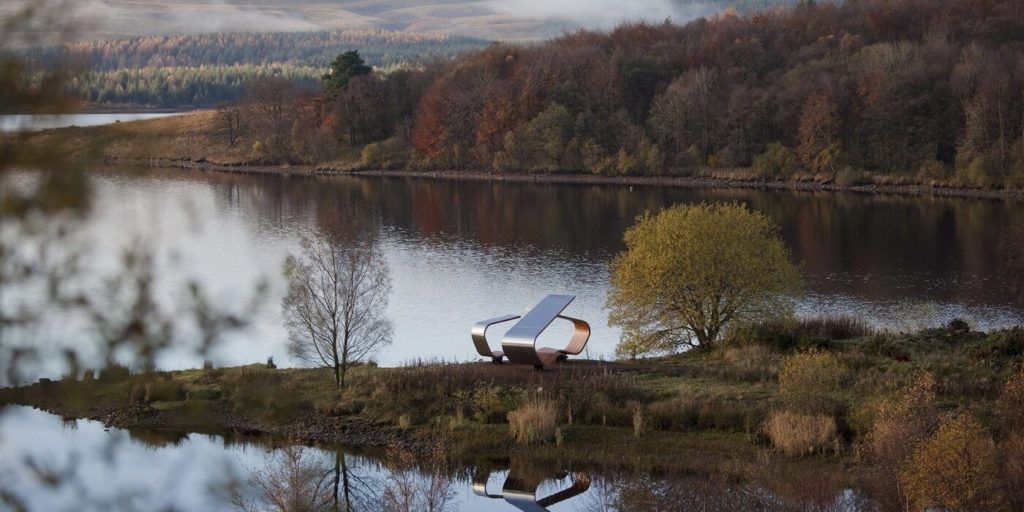
A view of Kielder Forest Park. Photo courtesy Kielder Art & Architecture.
WHERE TO EAT: House of Tides, a family-run restaurant offering locally sourced and sustainable gourmet British cuisine, that has received a Michelin star rating each year since its opening.
WHERE TO SHOP: Northumberland Street, the main shopping street in the nearby city of Newcastle upon Tyne (and the most expensive location in the UK outside of London).
OTHER ART TO SEE: Jupiter Artland, the Bowes Museum, and the Tullie House Museum and Art Gallery.
Pavillon Le Corbusier
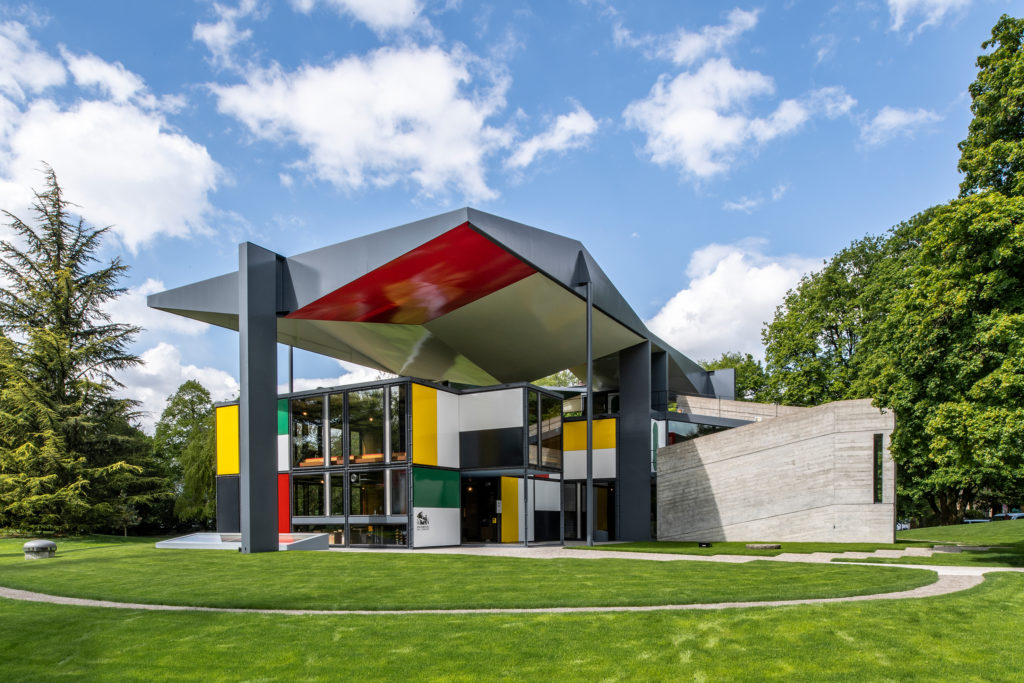
Pavillon le Corbusier. Photo courtesy Pavillion le Corbusier.
WHAT IT IS: The last realized project by renowned Swiss-French architect Le Corbusier, Pavillon Le Corbusier was inaugurated in 1967, two years after the master’s death; it was designed to be “a synthesis of the arts.” A reflection of key modernist principles, the Pavillon’s initial purpose was to showcase art, though over time it has become a destination for a wider audience of architecture and design lovers as well. Made entirely of glass and steel, the structure sits below a free-floating roof affixed to pillars. Throughout, the building sticks to an eye-catching use of red, green, black, blue, yellow, and white. An example of Le Corbusier’s genius in fields extending beyond just architecture, the Pavillon reflects the artist’s union of sculpture, painting, furniture design, and writing.
WHERE IT IS: Zurich, Switzerland, along the Zürichsee lake shore.
WHERE TO STAY: The Dolder Grand, an award-winning landmark set just above Zurich and offering views of the Alps and Lake Zurich.
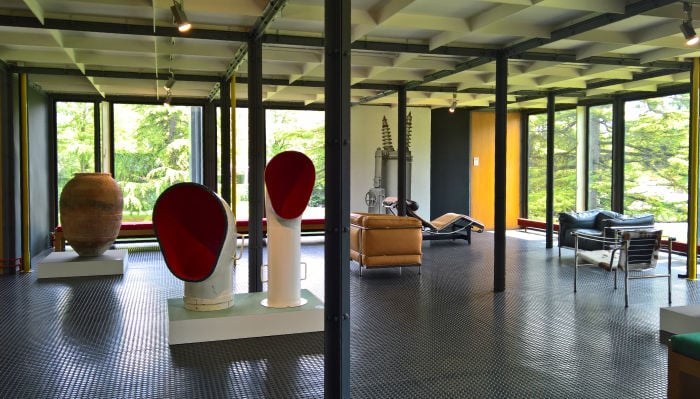
Objects by Le Corbusier. Photo courtesy Pavillion le Corbusier.
WHERE TO EAT: Pavillon at the Baur Au Lac Hotel, the restaurant of famed chef Chef Laurent Eperon. The restaurant sits inside a stunning gazebo designed by Pierre-Yves Rochon.
WHERE TO SHOP: Along the Bahnhofstrasse, touted as one of the world’s most elite shopping avenues.
OTHER ART TO SEE: Hauser & Wirth, Galerie Eva Presenhuber, and Galerie Mark Müller.
FUN FACT: Pavillon Le Corbusier reopened in summer 2019 after significant renovations by architects Silvio Schmed and Arthur Rüegg.
Foundation Beyeler
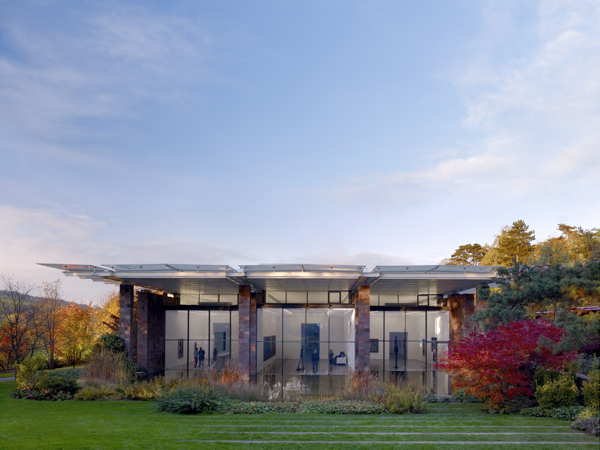
Foundation Beyeler. Photo by Foundation Beyeler
WHAT IT IS: A Renzo Piano-designed building which fits seamlessly into the stunning natural setting in which it sits, Foundation Beyeler was created to house the collection of art dealers Hildy and Ernst Beyeler. The intrigue of the visiting experience lies inside the museum walls and extends out onto the highly curated grounds. The Beyeler’s collection features a Who’s Who of work from notable masters of the 19th, 20th, and 21st centuries, showcasing artists as diverse as Edgar Degas, Francis Bacon, and Jeff Koons. An all-encompassing, multi-sensory experience, Foundation Beyeler is a harmonious combination of exceptional art, architecture, and nature.
WHERE IT IS: Basel, Switzerland, one of the art world’s annual focal points for its eponymous international art fair.
WHERE TO STAY: Grand Hotel Les Trois Rois, an opulent space with a rich history in the heart of Basel’s Old Town, along the banks of the Rhine.
WHERE TO EAT: Cheval Blanc, the three-Michelin-star standout from chef Peter Knogl.
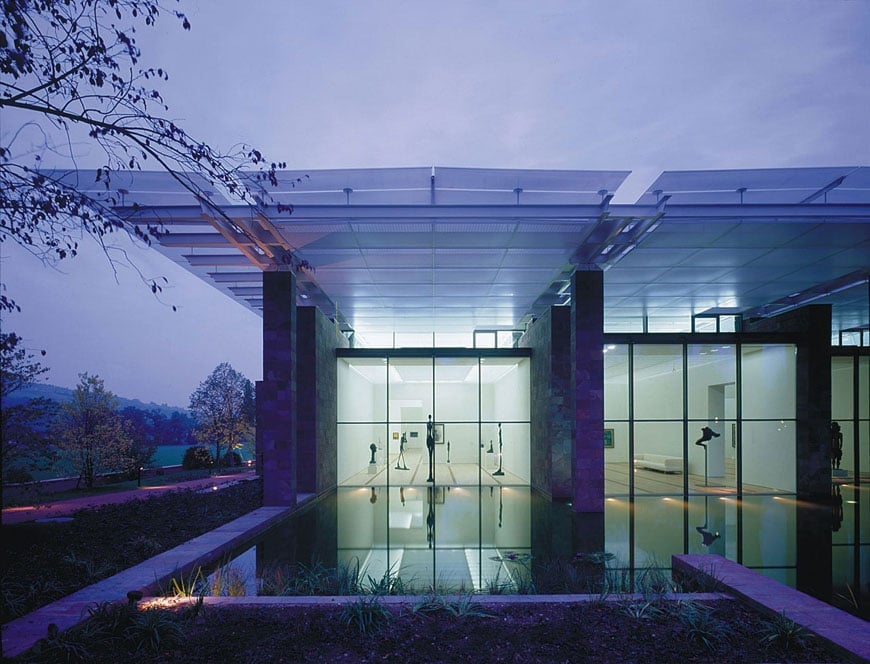
Fondation Beyeler in the evening. Photo courtesy Fondation Beyeler.
WHERE TO SHOP: Along Freie Strasse, the often traffic-free street where you will find a plethora of lavish design shops.
OTHER ART TO SEE: Gagosian, Kunsthalle Basel, and Kunsthaus Baselland.
FUN FACT: Early in their careers, Ernst and Hildy Beyeler owned an antique bookshop in Basel which they named “Galerie Beyeler.”
